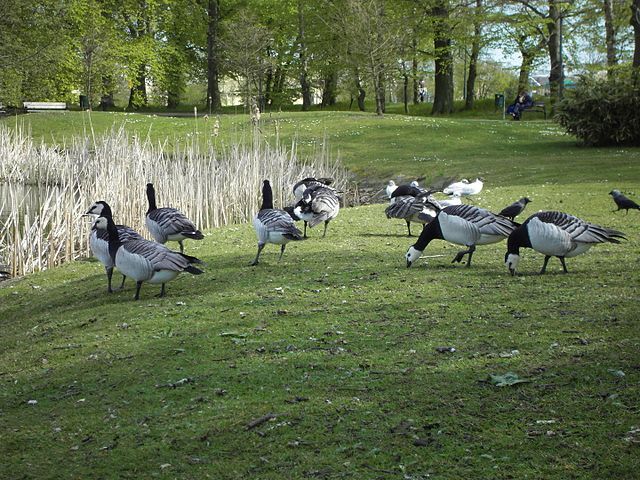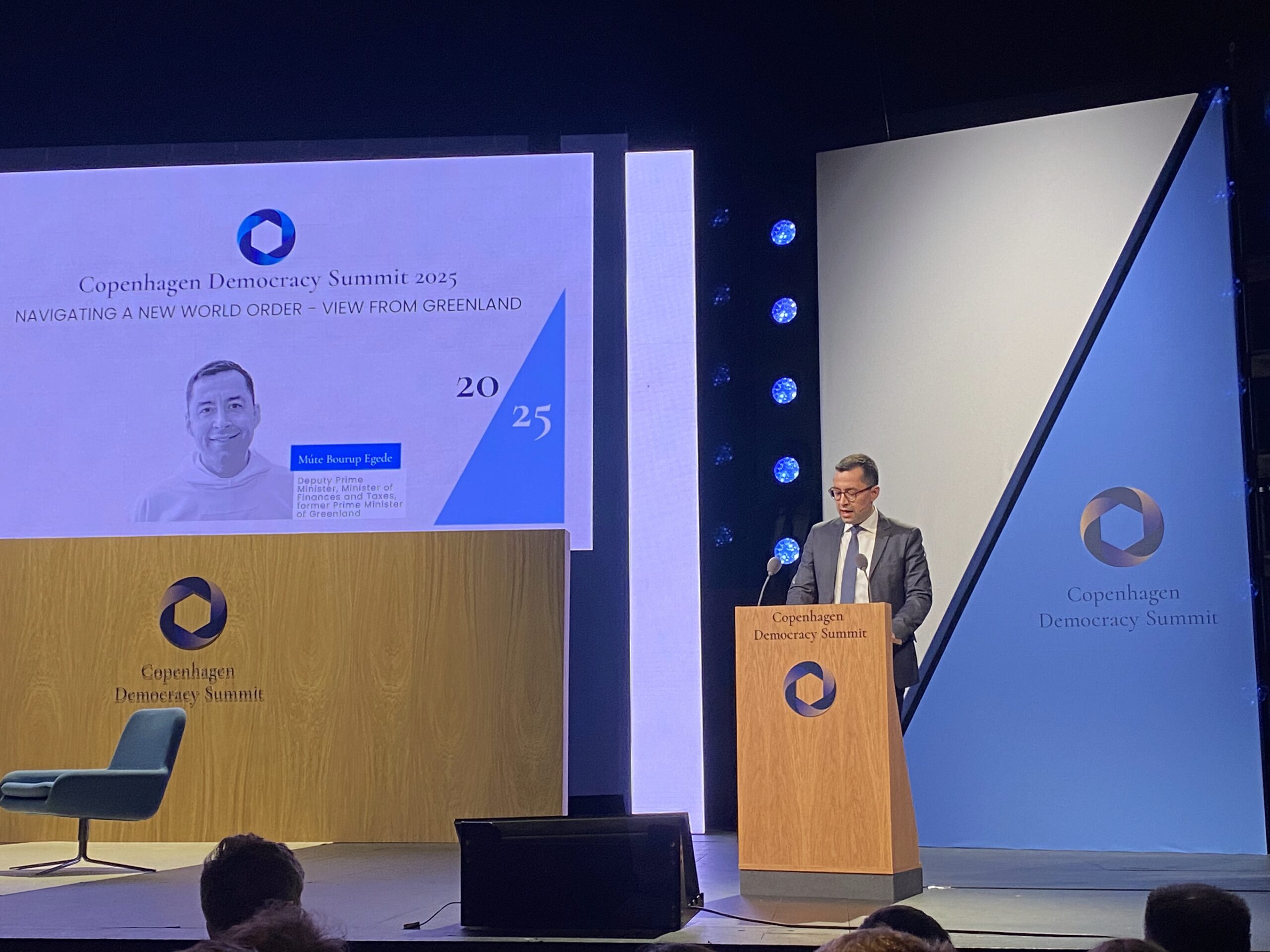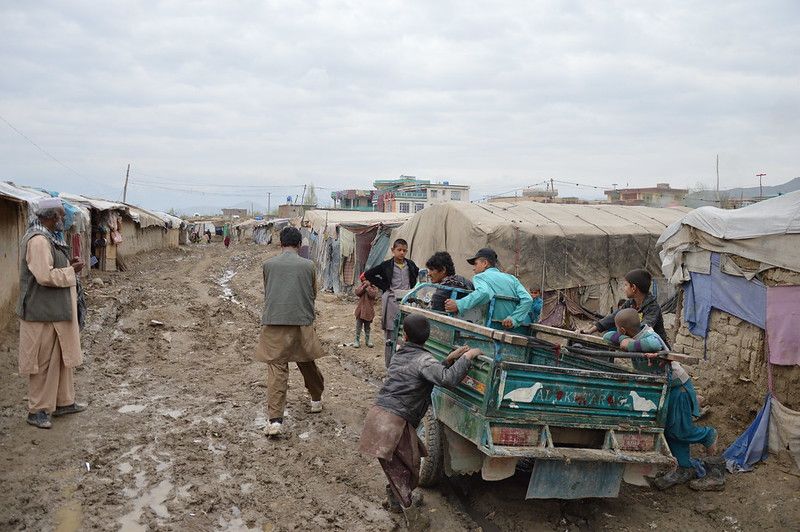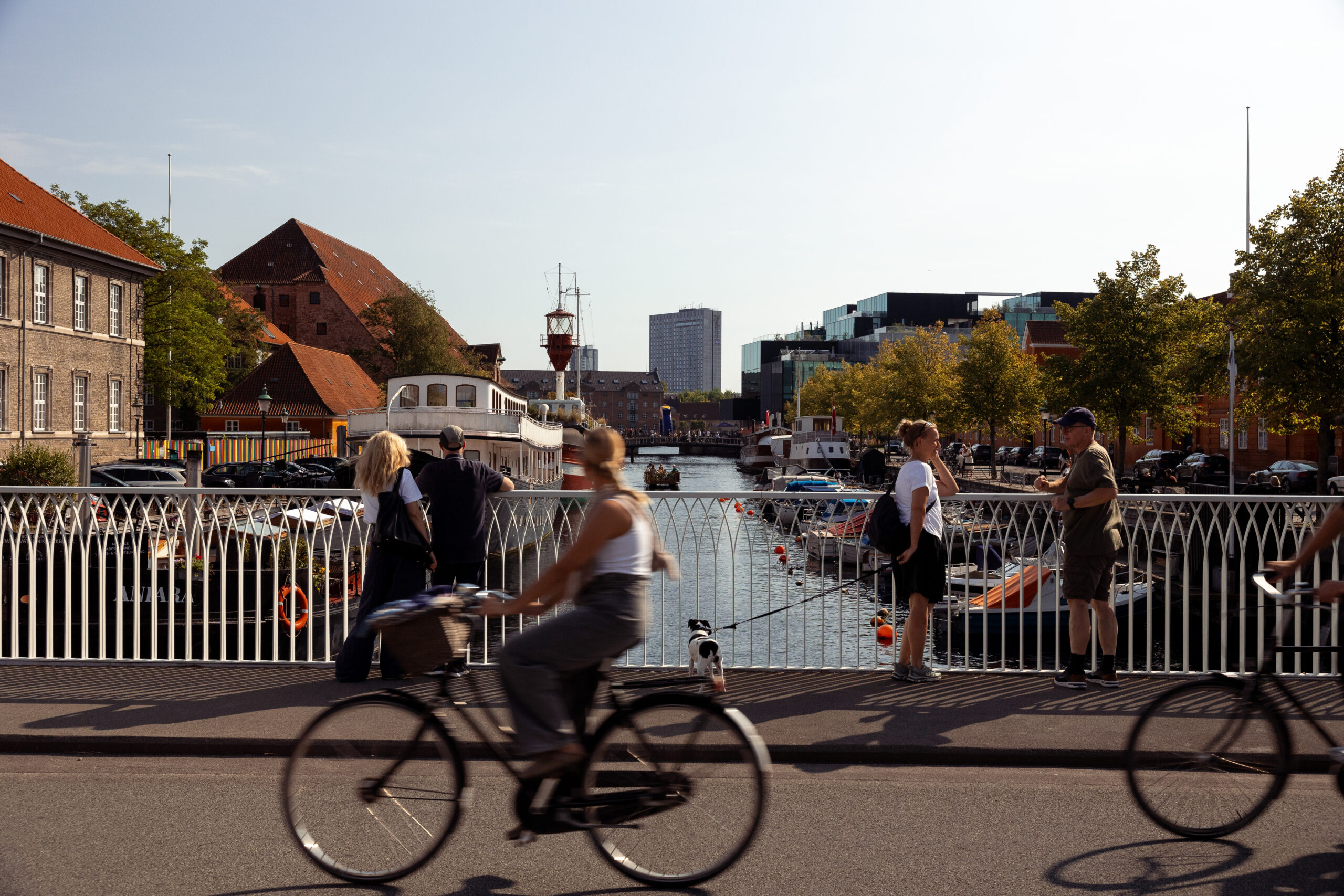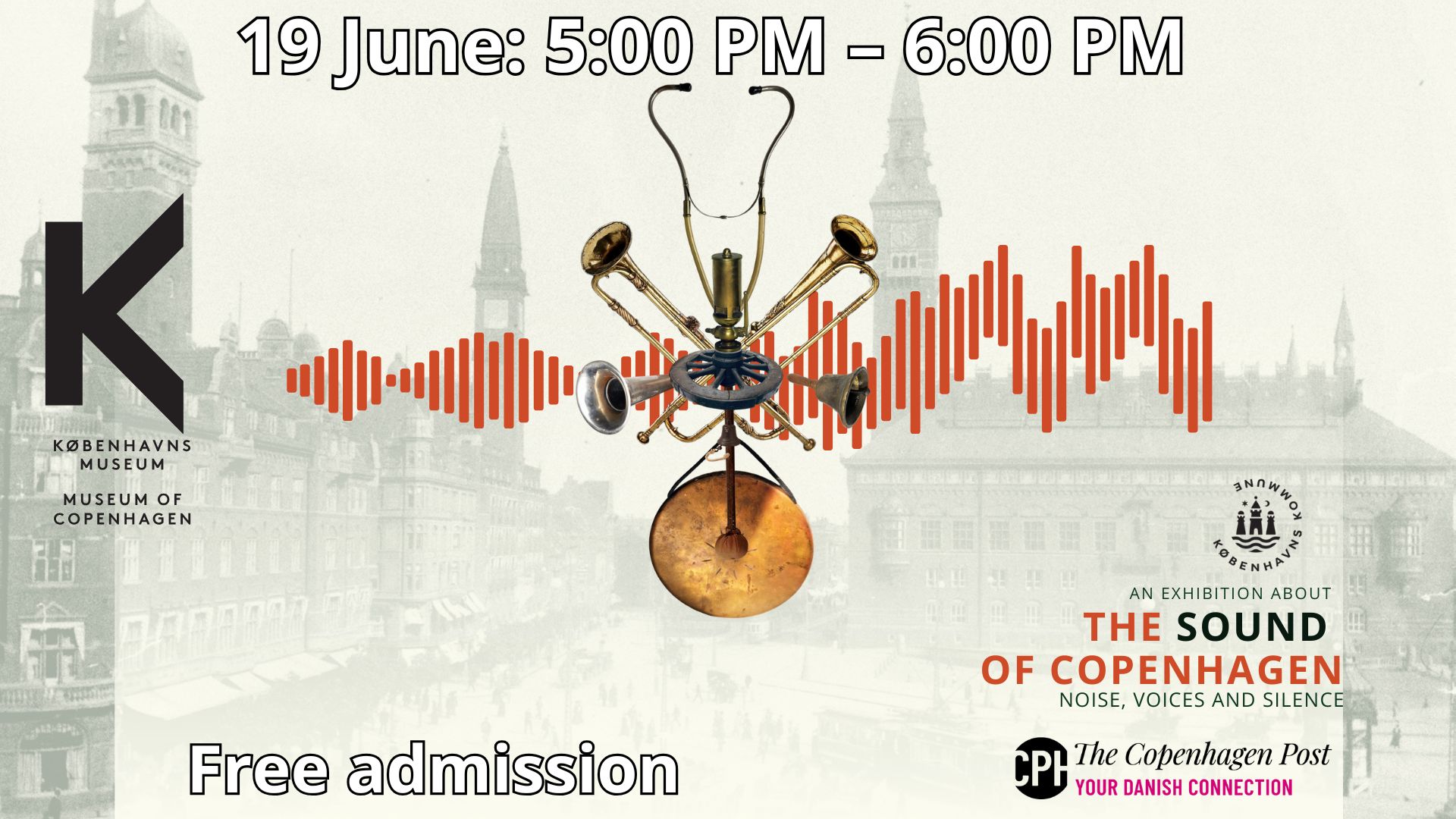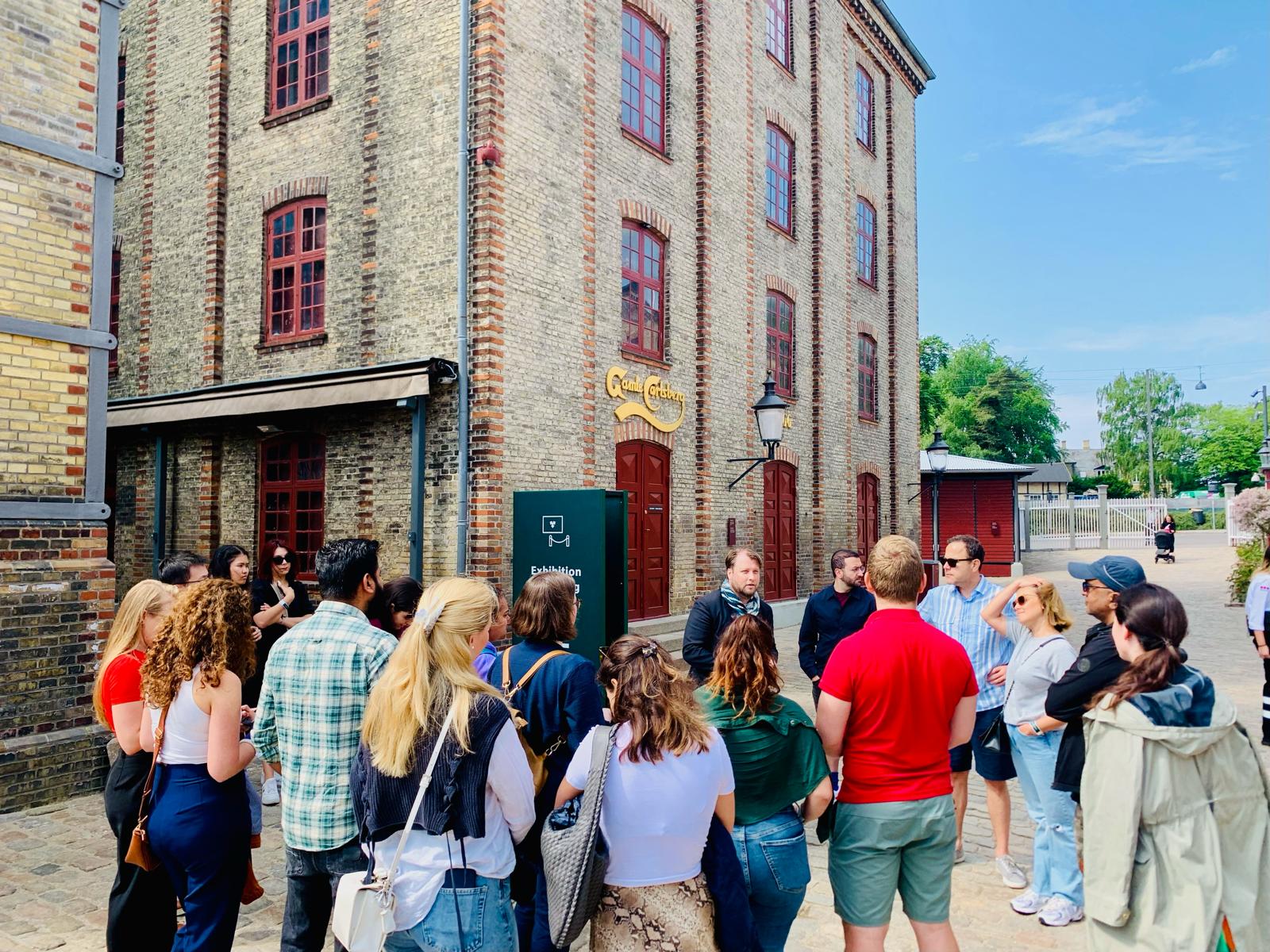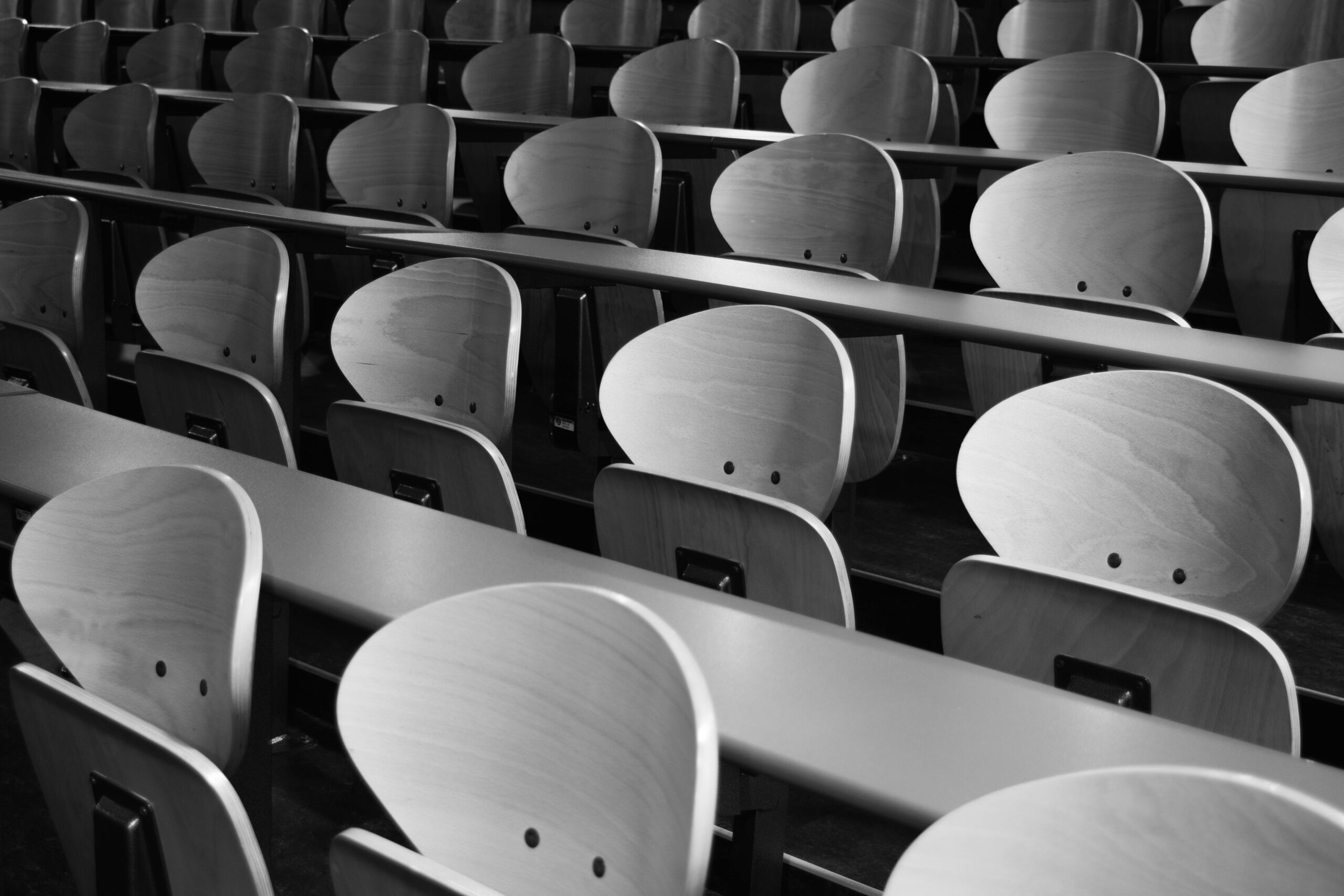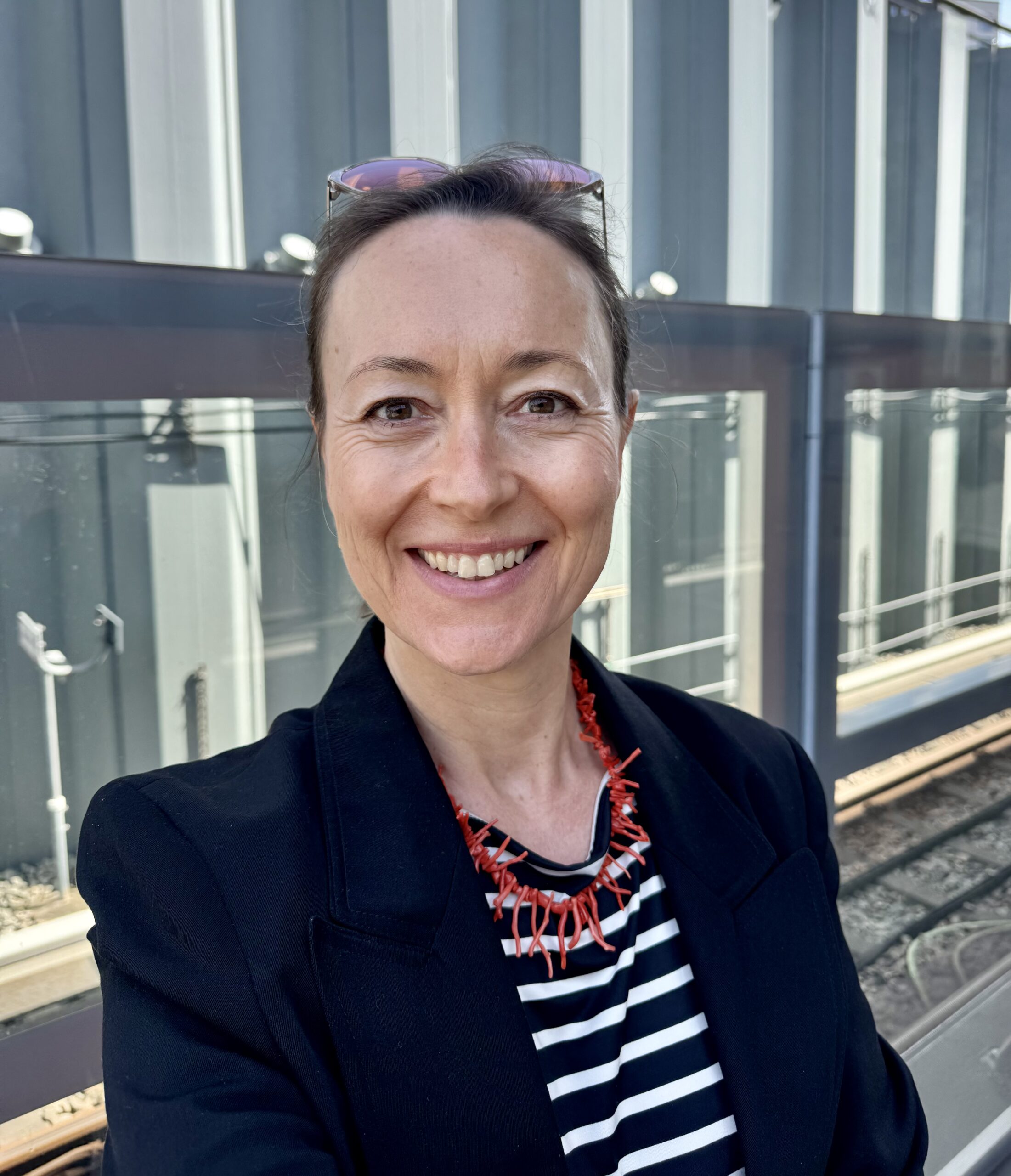Increasing numbers of barnacle geese migrating through Denmark have become a problem at Copenhagen Airport. The geese are so large that they can damage or destroy a jet motor.
READ ALSO: Bird colonies thriving on Peberholm
Over the last 40 years, the numbers have gone up from around 200,000 to about half a million. The tendency is for the trend to continue, Professor Jesper Madsen, the head of the Institute for Bioscience at Aarhus University, told DR Nyheder.
“We expect that the numbers of barnacle geese will increase from 500,000 to 3 million over the next 10 years. This will obviously cause problems for air traffic,” said Madsen.
More food available
The numbers of geese have increased because there is a lot of food available both in Denmark and further south and in the summer reservations used by the geese in northern Russia.
The number of ‘bird strikes’ has increased significantly. Between 1997 and 2006 there were only three collisions between geese and aircraft around Copenhagen, but between 2007 and 2016, there were 16.
Canadian geese have been sighted by pilots at an altitude of 9,000 feet (just under 3,000 metres), but it is not believed barnacle geese tend to climb so high.
Guns or stomach ache?
The problem is so acute that a June meeting has been called with representatives from 22 countries to discuss how to solve the problem.
Copenhagen Airport already has some ideas regarding how to scare the geese away from the area. Hunters are on the watch around the clock with fireworks, shotguns and sirens.
As well as that, a special type of grass has been sown in areas around the airport that gives the geese stomach ache if they eat it, thus encouraging them not to land and then take off again.

